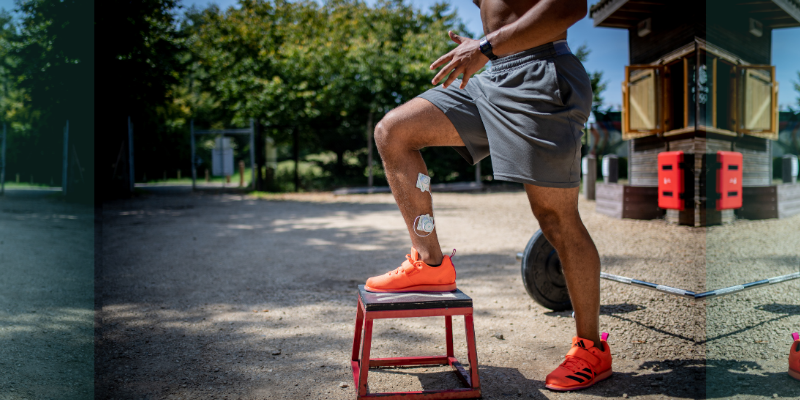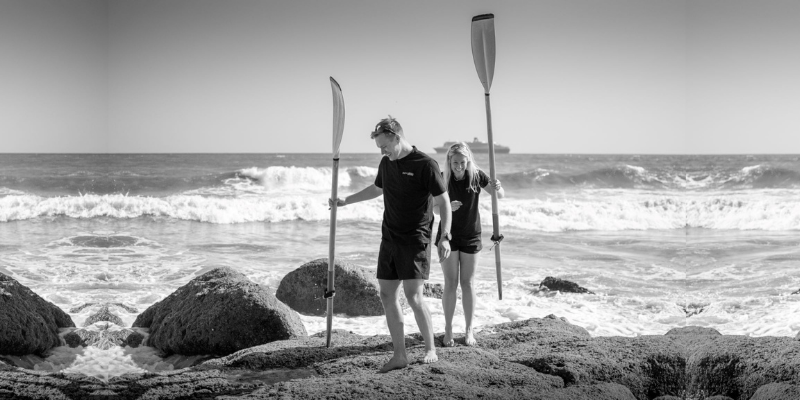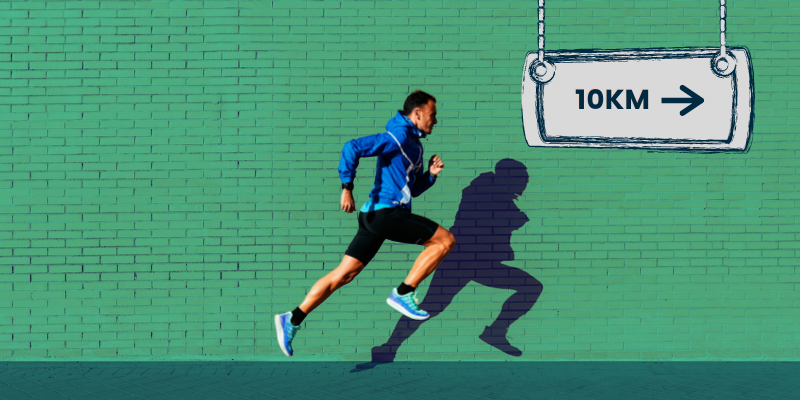“A calf strain is one of the most common athletic injuries, with many different activities able to cause even a minor tear in the muscle,” says physiotherapist and NuroKor Norway Distributor, Hilde Hjertholm.

If you have ever injured your calf, whether seriously or just mildly, you will know it can be a tricky injury to manage and one which can tend to linger! A calf strain is a common muscle injury, and is often witnessed in fast-paced, high-impact sports such as tennis, football, basketball and running. The bad news for mature athletes - calf injuries tend to occur more frequently as you get older!
Fortunately, our resident physiotherapist Hilde is here to explain how these injuries occur, and the best things you can do to avoid long-term pain and optimise recovery.
How does a calf injury occur?
“A calf injury can often happen during sports where you need to push off with your foot quickly for a sudden burst of speed, like in running, tennis or football,” explains Hjertholm.

“The sudden movement can stress the calf muscle by stretching it beyond its normal limits. This can happen suddenly (acute injury) or over time (overuse injury).”
Once the calf muscle is injured, getting back to full activity can often be a long, drawn out process with setbacks along the way. As Hilde explains:
“Calf injuries can be frustrating to live with because healing can take a long time. It is difficult to give the calf muscle the rest it needs. Every time you walk, climb stairs or even drive - you are putting stress on your calves.”

She continues: “Many people tend to try to go back to their sport or activity too soon, and for that reason a re-injury is very common. This of course prolongs the recovery and can lead to permanent damage or other conditions.”
5 tips on recovery from a calf injury
So, what should you be doing if you have injured your calf and how can you ensure you don’t permanently damage the muscle? Hilde gives us her top tips.
1. Ice, ice baby
“The first 2-3 days after an acute injury or strain, your leg needs rest.You should apply some ice therapy a few times a day to reduce the swelling and pain,this will help to lower the chance of inflammation of the tissue,” explains Hilde.

2. Work in some guided movement
“After the first few days of rest, you can slowly start up with some physiotherapy. This will help to restore strength and range of motion in your calf, treatment should focus on minimising further damage and preventing formation of scar tissue, muscle atrophy (muscle wasting away) and shortened tendons. This requires rest and the appropriate therapies at the right time.”

3. Have a physio approved plan
Hilde believes that having physiotherapy at the appropriate times, alongside a proper recovery plan, will mean that you don’t do permanent damage to the calf and you can increase elasticity and strengthen the muscles of the ankle, calf, achilles, and knee of the injured leg. As she explains: “Proper treatment will get you back to regular activities sooner, reduce your pain and reduce the risk of injuries in the future.”

4. The role of NuroKor
NuroKor’s technology can help with many aspects of treating a calf injury. First of all, in the acute phase, it can help by providing pain relief and starting the repair process by gently activating the muscles to reduce swelling and inflammation. Hilde gives more details:
“In the acute phase I would recommend the MC2 mode, which will kick start the repair process. NuroKor’s MC2 is an advanced quadwave microcurrent treatment that works on a cellular level to restore the natural current within the cells that get disturbed by an injury. It is sub-sensory, which means it cannot be felt, and can aid your recovery in a non-invasive way.”

5. Follow the rules
Calf injuries are not only common, but when not managed well they can become an ongoing problem. It is important to remember, the longer an injury continues, the greater the risk of running into serious overcompensation injuries.
This is why it is important to follow a recovery plan and not attempt to go back to activity before you are ready. As Hilde explains:
“To avoid re-injury and to reduce the risk of a more serious overcompensation injury, you need to ensure your calf is healed completely before going back to sport.”

Last words
In conclusion, Hilde again points to the role of bioelectrical therapy in helping calf injuries, and indeed optimising the recovery process:
“If you have ever wondered why an athlete can return to their sport much quicker than the average person, it is because of multiple, consistent treatments."

"If you want to gain the same advantage that athletes enjoy in healing their injuries, you should consider using a device like NuroKor two or three times a day on a consistent basis. This will allow you to enhance recovery from your injury and gain long term improvements!”
To keep up to date with NuroKor athlete news and other stories follow @NuroKor on FB, Instagram & Twitter.



